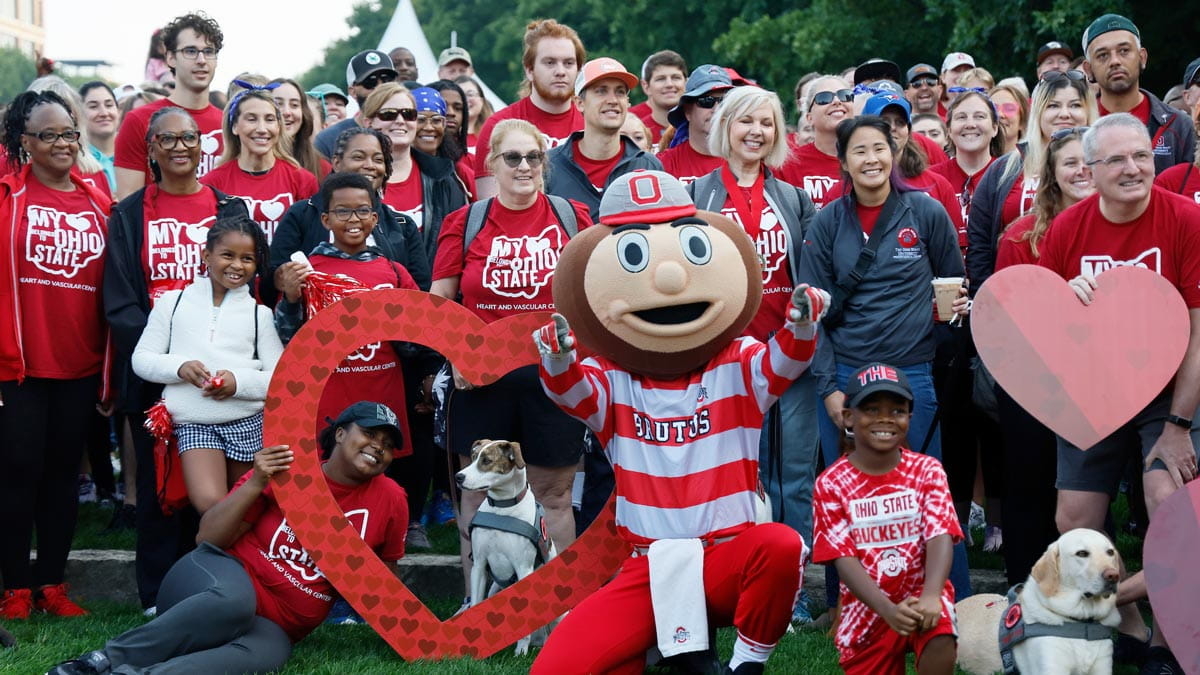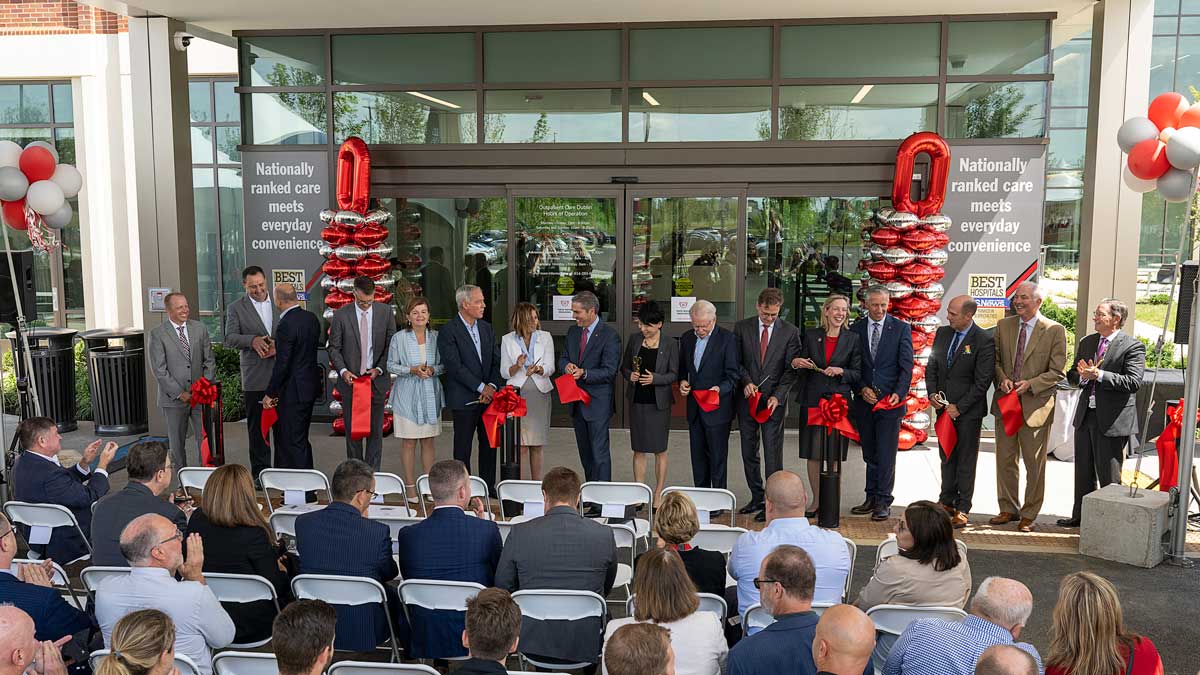How 2 patients live with heart pumps for a milestone 10 years
 Small heart pumps implanted when a person’s heart is failing and medicine isn’t helping require vigilant care.
Small heart pumps implanted when a person’s heart is failing and medicine isn’t helping require vigilant care.
The owner must plan how to keep the external battery charged and make sure germs stay off the port in the abdomen connecting the pump and its power source.
Two Columbus-area residents, Priscilla Lipsey and Ed Layton, recently hit a medical milestone of 10 years with the pumps they received at the Heart and Vascular Center at The Ohio State University Wexner Medical Center.
But they say they don’t mind the extra effort because of what the pumps have provided in exchange: a ticket out of the hospital and a return to the freedom of moving around, leaving the house and getting back to normalcy.
The two are among only 11 patients in the country with this kind of heart pump for 10 years or more.
Each was a recipient of the left ventricular assist device (LVAD). They celebrated recently with the staff of Ohio State Richard M. Ross Heart Hospital, who gave them each a heart-shaped cake.
“They really do care,” Lipsey says of her caregivers. “I know I wouldn’t be here today without the heart pump. I know where I was headed.”
An alternative to heart transplant?
The pumps, meant to keep patients alive and help their bodies heal until heart transplant, likely will be used more often as an alternative to transplant surgery by some patients as the technology continues to improve, according to Ahmet Kilic, MD, a cardiothoracic surgeon and director of Heart Transplant and Mechanical Circulatory Support.
“Nobody knew when doctors were putting in heart pumps 10 years ago that they would be this reliable,” he added.
“Now that patients are enjoying such good quality of life and relatively low complication rates, we’re likely to continue to see more patients choosing to keep the pumps.”
The story of getting a heart pump
Ten years back, Lipsey had beaten breast cancer, but the chemo and other drugs had taken a toll on her heart.
Walking or talking left her exhausted, she spent months in the hospital and was taking two dozen medications. She was physically and emotionally spent.
“I said ‘Please, let me go home. I’ll do everything you say to do,’” she recalls telling doctors.
Fortunately at the time, doctors at Ohio State Ross Heart Hospital were testing a new device called a left ventricular assist device (LVAD).
How the pump works
The pump is:
- designed to help push blood into the aorta (the biggest artery out of the heart) and through the body
- implanted in the chest and attached to the left ventricle, the heart’s main pumping chamber
- powered by external batteries worn in a shoulder holster with controls that can be attached to a belt
Deciding to stay on the pump
After receiving a heart pump, Lipsey started feeling better quickly and was thrilled to go home.
The battery pack’s bulkiness and the extensive self-care that was required did not bother her. She was home and off almost all medication.
“They had me on the heart transplant list at first, but I was doing so good that I was like, ‘OK, I’ll stay on the pump,’” she says.
Layton, who also has his original pump 10 years later, had a similar take on why he stuck with it: “Why fix it if it ain’t broke?”
He has a family history of heart disease, and after he suffered a massive heart attack, he realized he needed a major medical intervention to keep going.
“I was slowly dying, and I knew it. I heard about the trials at Ohio State and said, ‘Put the heart pump in,’ because otherwise I was going to be dead in a couple of days,” he says.
A lack of donor hearts
The long life of both heart pumps is a testament to how well it was designed, Dr. Kilic says. And the technology keeps improving. When LVADs were introduced, the external support equipment was the size of a refrigerator; today, it can fit in the palm of your hand. The pumps’ potential long-term use is good news because there aren’t enough available donor hearts.
Ohio State surgeons implant 50-60 heart pumps each year with the intention of bridging about half of those patients to a heart transplant. Last year, we performed 26 heart transplants at the Ross Heart Hospital–the only central Ohio center with an adult transplant program.
“Ohio State has always been a leader in heart failure research,” Dr. Kilic added. “We make a concentrated effort to share our knowledge base nationally and internationally so that other institutions may benefit from our expertise and our center's experience.”




